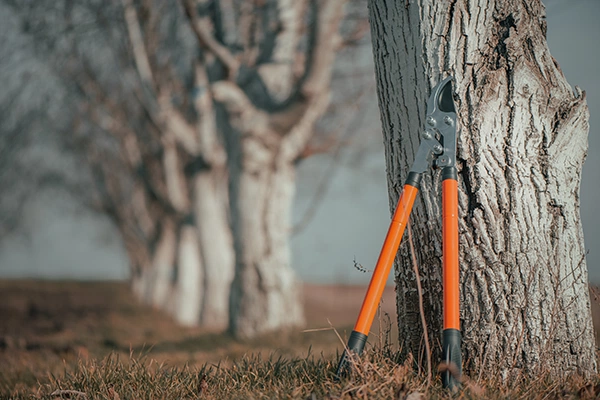Tree pruning is a simple task that you can handle on your own. However, there’s more to it than just cutting branches.
Hiring a professional ensures your trees remain healthy and safe while enhancing your landscape’s beauty. But what exactly makes their expertise so valuable?
Let’s explore the key reasons why professional tree pruning is worth considering.
Expertise in Tree Health and Growth
Hiring a professional tree service ensures more than just aesthetic trimming—it safeguards your trees’ long-term health.
Understanding Tree Species and Their Needs
Certified arborists know how different species respond to pruning. They tailor their approach to:
- Promote healthy growth patterns.
- Avoid over-pruning or stress.
- Support each tree’s natural structure.
Early Detection of Disease or Stress
Experts can spot problems early, preventing further decline. They:
- Identify fungal infections or pests.
- Recommend treatments or removals.
- Monitor recovery and regrowth.
Promoting Structural Strength and Safety
Proper pruning encourages strong frameworks that resist storms. Benefits include:
- Better airflow and light exposure.
- Reduced risk of falling limb.
- Balanced canopies that grow evenly.
By trusting experienced professionals, you invest in healthier, safer, and longer-living trees. Their skills create a resilient, beautiful landscape season after season.
Safety and Risk Management
Tree pruning involves more than just cutting branches—it’s about protecting people, property, and the tree itself.
Avoiding Personal Injury
DIY pruning can lead to serious accidents. Professionals help prevent:
- Falls from ladders or unstable trees.
- Injuries from sharp or heavy tools.
- Contact with hazardous limbs or deadwood.
Protecting Property and Surroundings
Trained arborists assess risk factors before starting any job. They ensure:
- Branches fall safely, away from structures.
- No damage to utility lines or fencing.
- Nearby trees and landscaping remain unharmed.
Professional Tools and Techniques
Certified crews use commercial-grade equipment and follow industry best practices:
- Harnesses, cranes, and climbing gear.
- Safe cutting methods tailored to the tree structure.
- Knowledge of local safety codes and ordinances.
By trusting skilled professionals, you reduce liability and promote a safer environment while maintaining your trees properly.
Proper Techniques for Different Tree Species
Each tree species has its pruning requirements to thrive and maintain beauty.
Deciduous Trees: Timing for Stronger Growth
Trees like oaks and maples respond best to winter pruning. This helps:
- Stimulate spring growth.
- Reduce the risk of disease.
- Improve structural shape without stress.
Evergreens: Preserving Natural Shape
Pines, firs, and other evergreens require a different approach. Professionals typically:
- Prune in late spring or early summer.
- Avoid cutting into old wood.
- Shape gently to preserve form.
Flowering & Fruit Trees: Enhancing Bloom and Yield
Proper timing and technique are essential for these trees. Experts:
- Prune flowering trees after blooming to protect future buds.
- Thin fruit trees to boost airflow and light exposure.
- Remove crowded limbs for better productivity.
Understanding the unique needs of different tree species is essential for their health and longevity. Proper pruning techniques can significantly impact their growth, aesthetics, and productivity, whether you have deciduous trees, evergreens, flowering, or fruit trees.
By hiring a professional arborist, you ensure that each tree receives the appropriate care tailored to its species, promoting a beautiful landscape and long-term tree vitality. Trusting experts with this task provides peace of mind, knowing that your trees are in capable hands and will continue to thrive for years.

